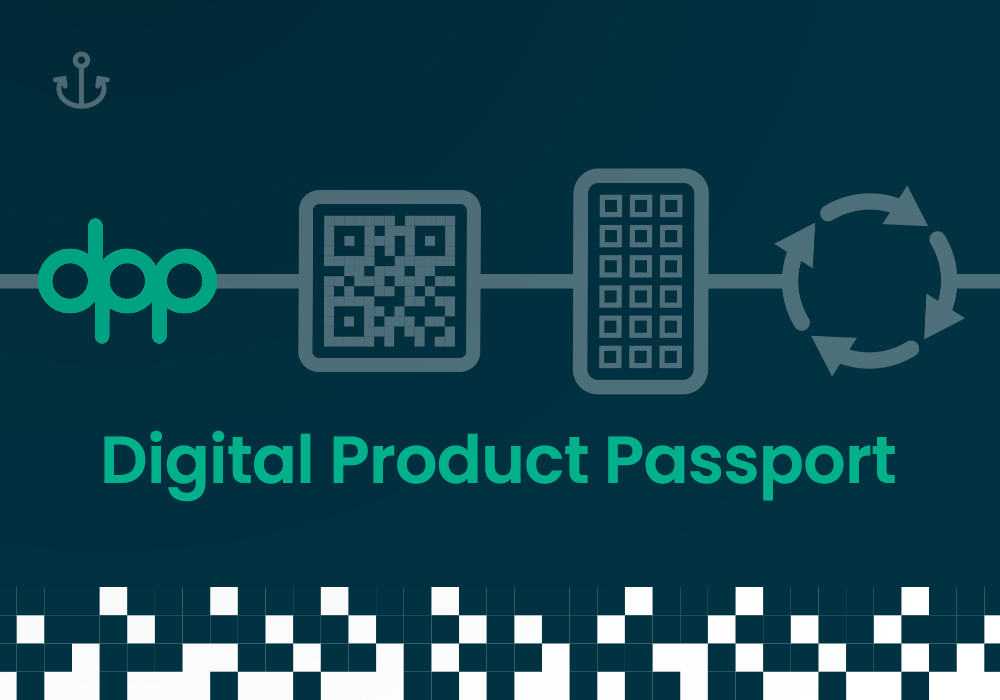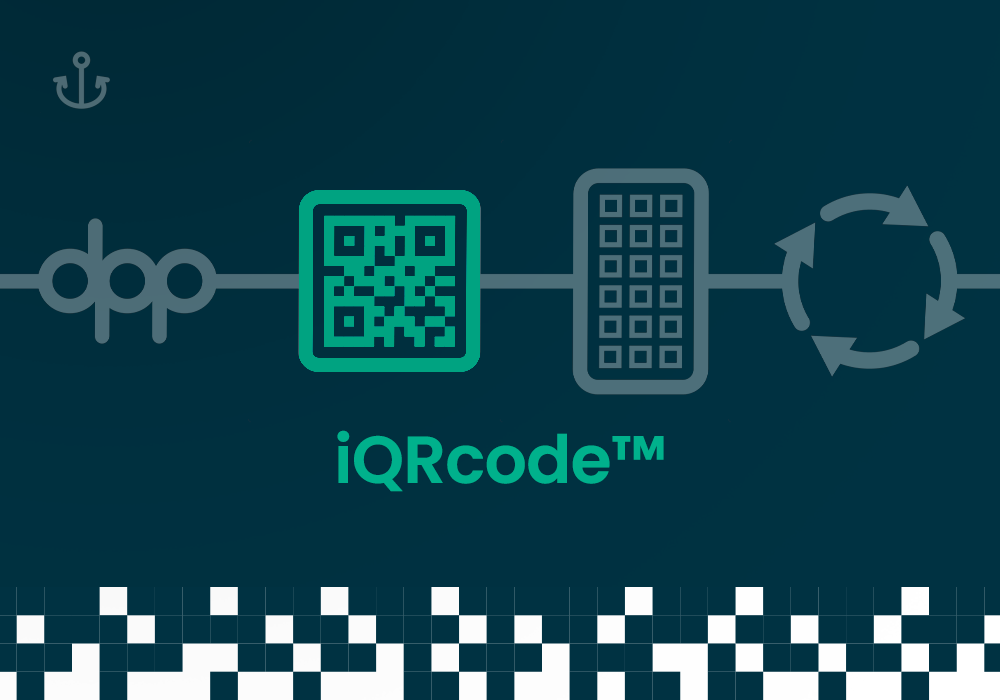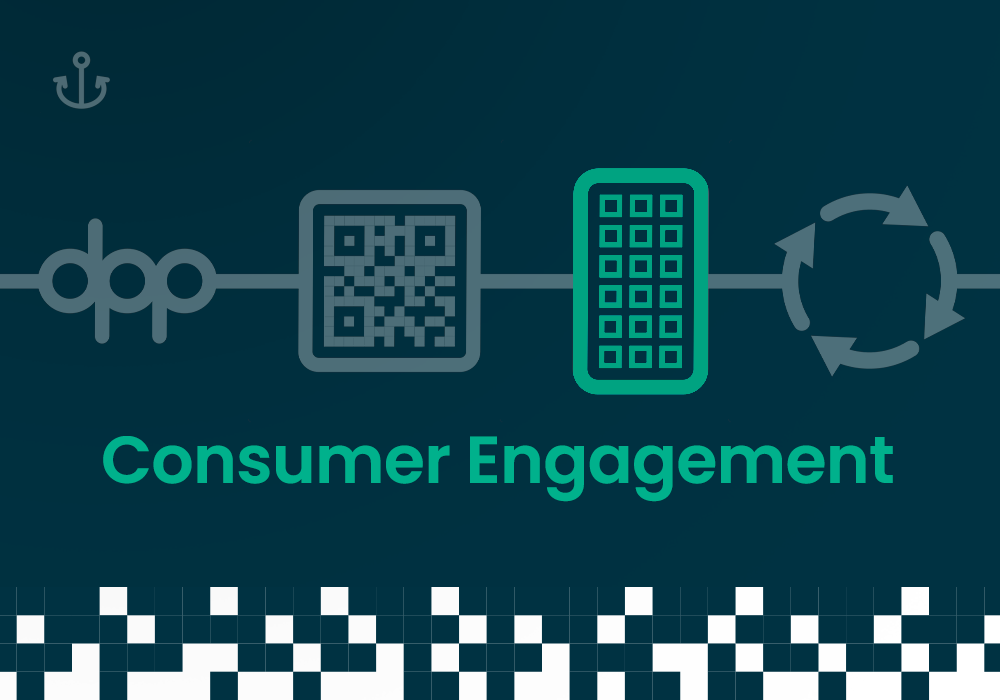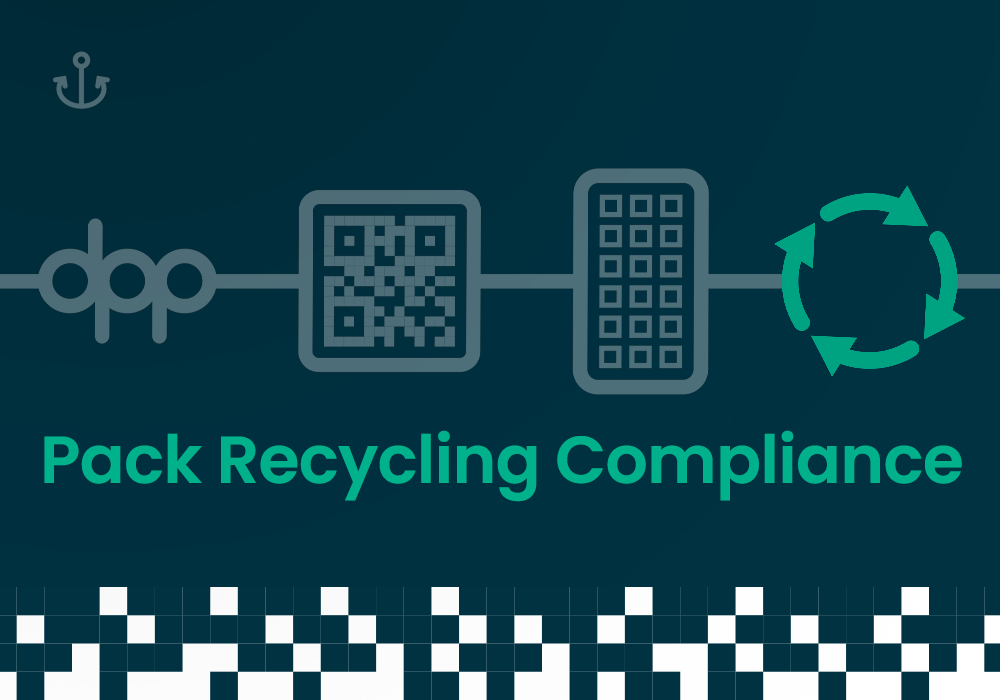Preparing for the PPWR: Collaboration as the Key to Compliance and Opportunity
A Clear Ambition for Change
At Buyerdock, we stay ahead of regulatory change by keeping a close eye on future developments and their potential impact on businesses. The European Union’s Packaging and Packaging Waste Regulation (PPWR) represents a landmark shift in how packaging is designed, labelled, and managed. Coming into effect from August 2026, it replaces the long-standing Packaging Waste Directive with a directly applicable regulation that sets out uniform, lifecycle-wide rules for packaging across the EU.
Its ambition is clear: reduce waste, improve recyclability, and accelerate the transition to a circular economy. For businesses, the PPWR is both a challenge and an opportunity — one that requires preparation, innovation, and collaboration.

What the PPWR Requires
The PPWR introduces a series of binding requirements, including:

- Reuse and refill systems: packaging placed on the market from 2025 must be designed for multiple uses, with detailed reuse cycles defined by 2027.
- Labelling and digital carriers: from August 2028, harmonised labels will be mandatory, supported by QR codes or digital links providing additional product and disposal information.
- Waste reduction: binding national targets to cut packaging waste by 5% by 2030, 10% by 2035, and 15% by 2040 compared to 2018 levels.
- Restrictions on harmful substances: including bans on PFAS and mandatory disclosure of substances of concern.
- Recyclability: by 2030, all packaging must be recyclable, with stricter collection and sorting rules by 2035.
- Recycled content: minimum thresholds for recycled plastic content, scaling upwards over time.
These provisions go beyond compliance checklists: they require businesses to rethink packaging strategies and embrace transparency at scale.
Why QR Codes and Digital Product Passports Matter
Under the PPWR, QR codes and digital data carriers will become indispensable. They will serve as gateways to detailed product information, ensuring that consumers, regulators, and supply chain partners can access:
- Material composition and disposal guidance
- Reuse and refill instructions
- Repair and durability information
- Compliance documentation
- Disclosure of substances of concern
This shift redefines packaging as a digital interface — one that informs, empowers, and builds trust with consumers, while also delivering the data transparency regulators demand.
(71) To help achieve the objectives of this Regulation, consumers should be protected from misleading and confusing information about the characteristics and appropriate end-of-life treatment of packaging for which harmonised labels have been established under this Regulation. It should be possible to identify packaging included in the extended producer responsibility scheme by a corresponding symbol throughout the territory in which that scheme applies in order to signify that the producer fulfils its extended producer responsibility obligations. Such identification should be achieved only by means of a QR code or other standardised, open, digital-marking technology. That symbol should be clear and unambiguous to consumers as to the recyclability of packaging.

Where Buyerdock Adds Value
At Buyerdock, we help businesses turn these obligations into opportunities. Our solutions ensure that packaging compliance is seamless, scalable, and consumer-friendly. But what truly strengthens our approach is the ecosystem we have built around it.
By combining our platform with the expertise of trusted partners, we offer a consolidated pathway to PPWR compliance. Together, we enable businesses to:
- Generate harmonised, compliant labels aligned with PPWR requirements.
- Deploy dynamic QR codes and Digital Product Passports that adapt as regulations evolve.
- Assess readiness for the 2026–2028 milestones, supported by independent expertise.
- Embed sustainability in packaging design, from recycled content sourcing to reuse and refill strategies.
- Stay informed and agile, with access to sector-specific knowledge and regulatory intelligence.
This model means clients avoid fragmented solutions. With Buyerdock and our partners, compliance, transparency, and consumer engagement are managed in one place.
Discover more about our network of partners here.
Preparing Today for 2028 and Beyond
The first PPWR obligations begin in 2026, with major milestones following in 2028 and 2030. For businesses, the timeline is short. The steps taken now — auditing packaging portfolios, piloting QR code solutions, and exploring digital product passports — will determine not only compliance, but also competitiveness.
By acting early, companies can reduce risk, meet rising consumer expectations for transparency, and demonstrate leadership in the circular economy. We encourage you to follow our easy Step 1 to start generating iQRcode™ for your products from your existing barcodes.
At Buyerdock, we believe collaboration is the foundation of success. With our platform and our ecosystem of partners, we are ready to help you prepare for the PPWR — and turn regulation into an opportunity for growth.





